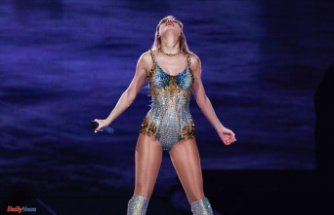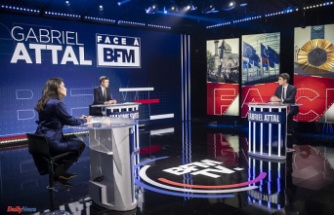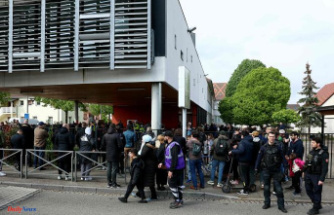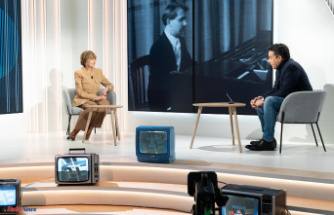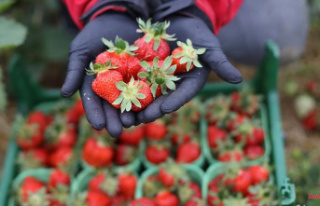Grilled, boiled, fried: shrimp are popular - and therefore a lot farmed and fished. If you want to pay attention to sustainability here, you should take a close look at the packaging.
Shrimp are in fifth place on the list of the most commonly consumed fish, crustaceans and molluscs in Germany. But overfishing can put a strain on the marine ecosystem, and large-scale farming in aquaculture can damage local waters and soil.
If you want to access them with a clear conscience, you should therefore pay attention to the seal for sustainable shrimp farming - or to the respective fishing areas.
Shrimps that are sold in Germany often come from aquaculture. Large-scale farming can pollute the environment, for example when mangrove forests in tropical coastal regions are cut down to build shrimp tanks - or residues from the farms pollute the soil and water on site.
Whoever buys shrimp from aquaculture in the trade can use three labels as a guide: The ASC label of the "Aquaculture Stewardship Council" as well as the EU organic seal and the Naturland seal stand for specifications for mangrove protection on the coasts and for water and soil protection. All three are recommended by Stiftung Warentest for shrimp from aquaculture. In her magazine "test" (6/22) she came to the conclusion: "Consumers can trust the seals."
The testers were particularly impressed by the Naturland label: it made the highest demands, which were also implemented well on the farms.
The certification stipulates, for example, natural larvae production. That means it's forbidden to pinch off the eyestalks of the females - a practice meant to fuel the shrimp's instinct to survive and lead to more eggs. The Naturland seal also stipulates a limit of a maximum of 15 shrimp per square meter of pond area. For comparison: In intensive aquaculture, up to 300 shrimp per square meter are kept in the tank.
Also important: Prawns with the Naturland seal must not be treated with antibiotics. This should prevent residues. In addition, the certification prohibits feeding the shrimp with genetically modified feed.
Incidentally, shrimp also include North Sea crabs and Arctic prawns, often referred to as shrimp. They all live on the seabed and are caught with bottom trawls. This has an impact - also on other organisms living on the seabed. Some shrimp stocks are also threatened with overfishing.
According to Britta Schautz from the Verbraucherzentrale Berlin, anyone who wants to take home wild shrimp that have been caught as sustainably as possible should pay attention to the respective fishing area of the animals. In their fish guide, consumer advocates have listed recommended and less recommended fishing areas for shrimp in addition to the respective fishing method.
Accordingly, Arctic prawns from the north-east Atlantic that were fished in the Barents Sea sub-catch area can be accessed with a clear conscience. Shrimp from the northern North Sea or the Skagerrak, on the other hand, are only recommended with reservations.
Incidentally, the respective fishing area of the shrimp can be found on the product packaging - but often only in the form of an abbreviation. A Arctic shrimp from the north-east Atlantic would therefore be recognizable by the identification FAO 27. The abbreviation FAO 67 stands for the Northeast Pacific fishing area. The individual abbreviations can be looked up, for example, on the website of the Thünen Institute for Baltic Sea Fisheries.


